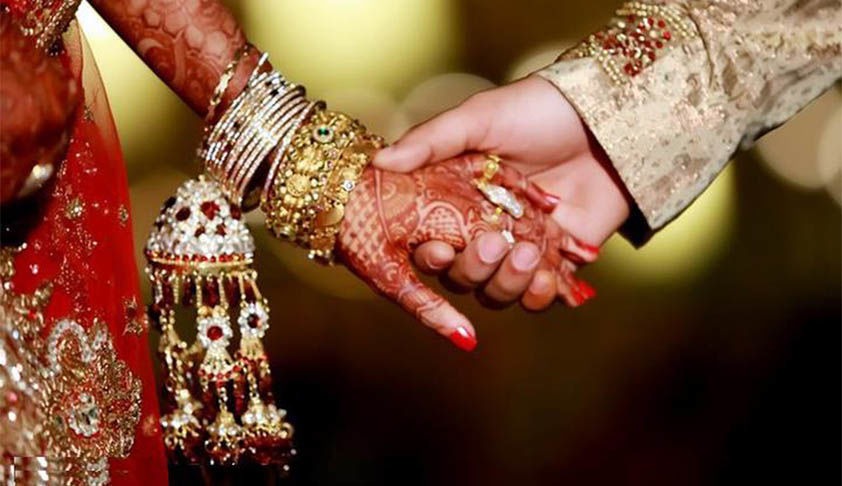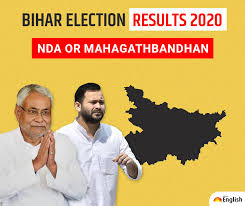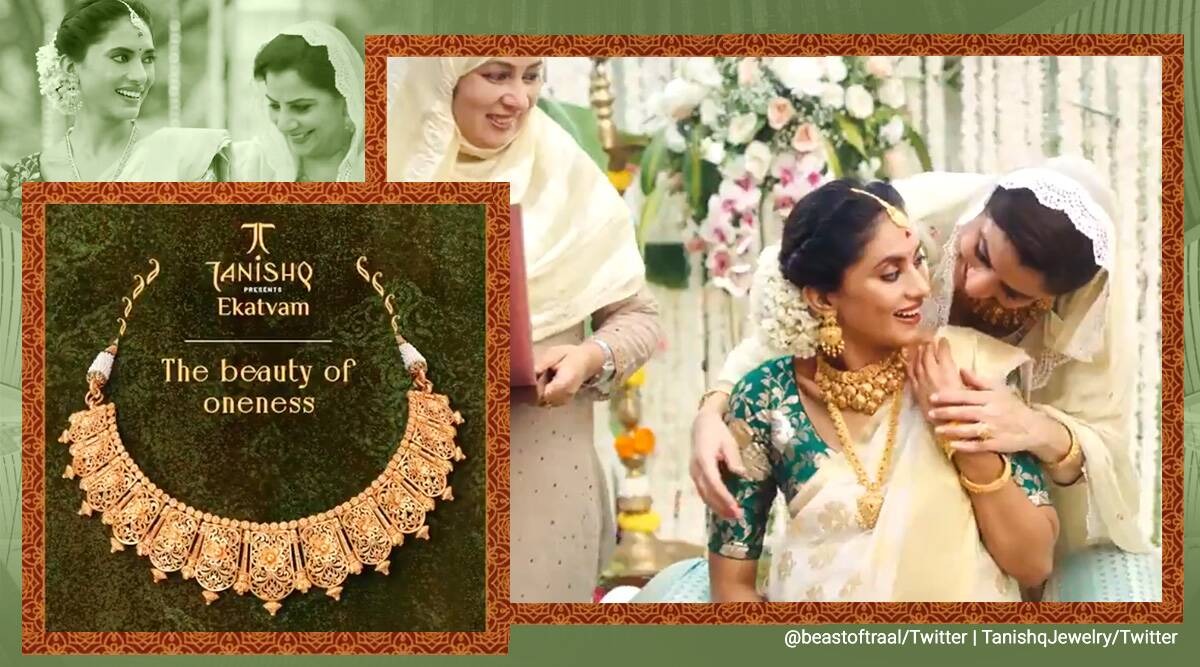By – Diya Ramani
“Most democracies are dynastic; some are more dynastic than others.”
A quick glimpse of the newspapers of the past month would be enough to conclude that the island country Sri Lanka is facing one of the worst economic crises ever witnessed. And while this crisis is a result of various complex factors, it is the Rajapaksa family who is being blamed for wreaking havoc. For the past 20 years, the Rajapaksa family has had a dominant presence in Sri Lankan politics. Hence they certainly cannot escape the blame for running a dynastic setup. It is a classic case study to analyze the relation between political dynasties and democracy. But it isn’t the only country to witness this oxymoron; in fact, it is rare that democracies and dynasties don’t share this peculiar relationship.
Thousands of years ago, Indian king Dhritarashtra, blinded by the affection for his son, named Duryodhana his heir instead of Yudhishthira. And now here we are – a democratic 21st century nation with modern and meritocratic ethos. Or are we? A dozen dynastic families right from Kashmir, Punjab, Bihar, and Maharashtra to Telangana get elected “democratically” and control all the levers of power. And this takes place in the world’s largest democratic country! Dynastic succession in a democratic nation is a strange irony. Democracy entitles its citizens to choose their leaders based on their capability and achievements. Hence the very survival of the dynasty seems unlikely. So, how does a dynastic succession last in a democratic country? Why do the people seem so accepting of it? Isn’t such a set-up detrimental to the nation?
According to an article published by Washington University, political dynasties offer a “brand name advantage”. Be it the Gandhis or the Kennedys, the successors of the family do usually enjoy the power of the name they carry. In the same paper, it was noted that essential indicators like past experience or fundraising for campaigns don’t act as a major differentiating factor between candidates, thus emphasizing the fact that caliber is sometimes side-lined due to the “brand name” advantage. Moreover, in an imperfect ecosystem where a common man faces the inability to perform complex analysis of various important factors for selecting a leader – like job creation, economy, party agenda, etc. – citizens will retract to finding a familiar and reliable face instead. This natural instinct only gives further rise to political dynasties.
Another reason for the existence of political dynasties is the experience, mentorship and exposure of the past generation in a political climate. When a politician succeeds, they want their successors to not only reap the benefits of their work, but also continue their legacy. This “inherited incumbency advantage” acts as a primary factor for successors to continue in this profession. And the perks provided by the State to an elected official do play the role of the perfect cherry on the cake. Statistics from a recent research paper back this fact. According to the paper, the chances of an individual choosing the same occupation as his father is about 5 times. In politics, the odds turned out to be a humongous 110 times. But, democracy is not binary-it is a continuum. Hence, it becomes important to analyze the gradient of the existence of political dynasties all over the world. One also wonders whether a more developed society will be more vigilant towards their extant. Starting with India, although the expectation would have been that political dynasties are on the verge of extinction given that this was one of the primary reasons that the ruling party came into power, such is not the case. Research suggests that the seats occupied by dynasts were 9% more in the Lok Sabha in 2019 compared to 2014. Such examples are seen all over the world as well. The Bush family in America, Trudeaus of Canada, Bismarck’s of Germany, Archer family of Australia, and the Park dynasty of South Korea are very few examples of political families existing in democratic nations. Dynasties are more prevalent in developing countries, election systems that are “candidate-centered” and where the process of choosing candidates within parties is delegated to local players. But, while their influence might alter over the spectrum, it is still omnipresent. This proves that the dynast-democracy relation is a prominent and ubiquitous one, although its influence varies across countries.
Now, let’s revert to our case study of Sri Lanka. If political dynasties are indeed ubiquitous, then what went wrong in Sri Lanka? Such dynasties come with their own huge list of cons especially in a democratic set-up since they stand against the moral principles of democracy. But no nation has seen its wrath the way Sri Lanka has. Emergency has been declared in the nation with the inflation reaching 50%, the health system being on the verge of complete breakdown and the country being declared bankrupt. It all started in 2009 when Mahinda Rajapaksa was elected as President and was hailed as a hero by the majority Sinhalese for ending the nearly 30-year civil war. With time, more members of the Rajapaksa clan began to hold major political offices, with Mahinda assuming the role of the patriarch of this dynasty. While the Rajapaksas were accused of grave human rights violations, prejudice against minorities, and assaults on media, the Sinhala majority turned a blind eye to the injustices for several years. It is a classic case – when democracy within political parties is in danger and identity politics takes over other important agendas, it gives birth to a class of politicians both entitled and incompetent. And when actions of political dynasties go unchecked by the voters and are not contested adequately by a strong opposition, the incentive to work for the actual well-being and development no longer exists. This results in a catastrophe.
Political dynasties will exist in the future as well. Although they oppose what democracy stands for, it is in human nature to promote such a compromise. However, people cannot afford to blindly have faith in a family just because of a name. The opposition also shall raise awareness when dynasties reach a point of comfort. It is indeed a tightrope to walk on, but a vigilant population is the only way to prevent this rope from snapping.
References
https://blog.finology.in/recent-updates/rise-and-fall-of-rajapaksa-family
















